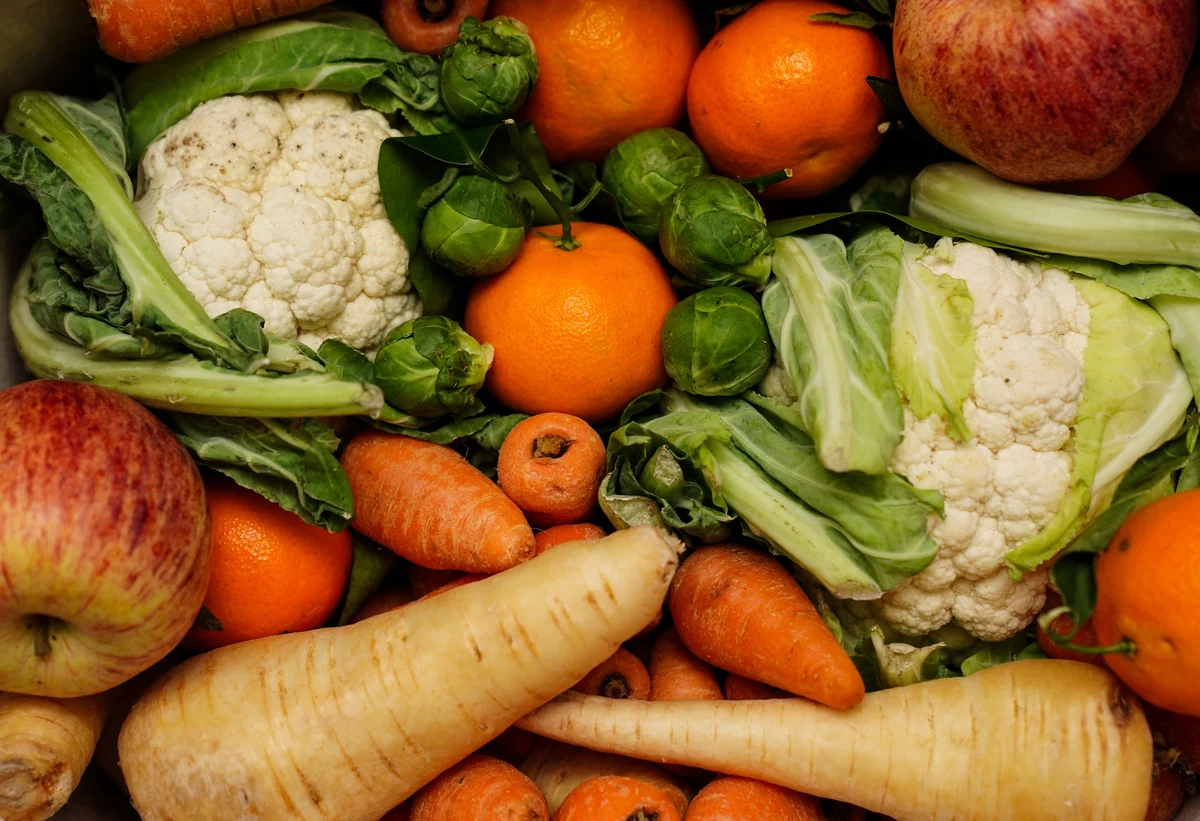By Louise Pyne
Copyright standard

Gut health has quickly become one of 2025’s biggest wellness obsessions, with increasing fibre intake taking centre stage.
On TikTok, feeds are overflowing with clips on fibremaxxing — a trend encouraging people to supercharge their diets with chia seeds, legumes, and other fibre-rich foods to help keep regular, manage cholesterol, and maintain a healthy weight. While fibre is crucial for health, the figures show that just nine per cent of UK adults reach the recommended 30g a day. The solution may seem simple — just eat more fibre — but suddenly overloading your system can easily backfire.
What exactly is fibre?
Fibre is the part of plant-based foods that our bodies cannot fully break down. It comes in two main types: soluble and insoluble. Soluble fibre dissolves in water and helps to lower cholesterol and regulate blood sugar, while insoluble fibre adds bulk to the stool, keeping digestion moving smoothly. Most plant-derived foods contain a mix of both, giving you the benefits of each.
Fibre supports your digestive system in more ways than one, from keeping bowel movements regular to feeding the beneficial bacteria in your gut. And with a whopping 70 per cent of your immune system residing there, the benefits go far beyond digestion. Upping fibre intake can also help support immunity so that you stay well as we head into autumn and winter. What’s more, since the mood neurotransmitter serotonin is produced in the gut, fibrous foods may even support mental wellbeing which is another plus as the darker days start to draw in.
But increasing your fibre intake isn’t always straightforward. There are some key pitfalls that could do more harm than good. If you’re not used to a high-fibre diet, dramatically increasing your intake too quickly can lead to side effects like gas and bloating. This means gradual changes are the safest way to reap all the benefits without the discomfort.
Read more: the horrifying hidden dangers of energy drinks
Here’s your guide to fibremaxxing the right way, and avoiding the mistakes that can easily trip you up.
Chowing on a bowl of crudités sounds like an simple fibremaxxing shortcut, especially since raw veggies often contain more nutrients than cooked ones, but in reality raw foods can be harder to digest, particularly if your gut isn’t used to a high-fibre diet. Overloading on raw vegetables can lead to bloating, gas, or discomfort. Instead, lightly cook veggies such as cauliflower, broccoli and peppers, gradually building up your fibre intake to avoid any unpleasant side effects.
Whether you tend to eat six small meals per day or prefer three larger ones, spreading your fibre intake throughout the day rather than consuming it in one sitting, is key. Doing so helps your digestive system process fibre more comfortably, reduces bloating, and allows your body to absorb nutrients more efficiently. Simple strategies include adding a portion of fruit to breakfast, munching on legumes or whole grains at lunch, and finishing dinner with a fibre-rich vegetable side. By pacing your intake, you get all the benefits without overwhelming your gut.
Try to keep your last meal of the day to a lighter portion to ease digestion and leave around two to three hours between eating and going to bed to reap the fibremaxxing benefits.
Your meal may have taken 30 minutes to prepare, but if you’re devouring it in five, your digestion will take a hit. Fibrous foods like nuts, seeds, brown rice, and chickpeas need to be chewed thoroughly — around 30 times per bite in order to break them down properly. Skimping on chewing means fewer nutrients are absorbed, so even if you’re making a conscious effort to include more fibre, you won’t reap the full benefits unless you slow down, eat mindfully, and take the time to savour each bite.
Stocking your cupboards with fibre-rich foods is a great first step toward supporting healthy digestion, but how you prepare them matters just as much. Take chia seeds for example: they can absorb up to 12 times their weight in liquid. Eating them dry can cause them to swell in the digestive tract, leading to cramping, bloating, or constipation. To avoid this, always soak the seeds before consuming and stick to a 1–2 tablespoon serving per day. Probiotic-rich fermented foods like kombucha, sauerkraut, and kimchi are often hailed as gut superfoods, but if your system isn’t used to fermentation, they can trigger stomach upset so these are best to consume in small doses at first.
Rotating with different fibre sources helps to provide different types of fibre and nutrients. Salad bowls, legume-based stews, soups, vegetable-based curries and tray bakes will all helps to increase your intake to help support a diverse gut microbiome and maximise the health benefits so make sure these meals star in your diet regularly.
Read more: Tired, run-down and getting sick? This is the supplement to take
If you’re prone to bloating or have a sensitive gut, not all fibre will suit your system. Some high-FODMAP foods, (short-chain carbohydrates found in certain foods), like beans, lentils, onions, and certain fruits can ferment quickly in the gut, leading to gas and discomfort. A short-term low-FODMAP diet focuses on gentler fibre sources such as oats, quinoa, kiwifruit, courgettes, which can help you increase fibre without the side effects. It’s especially useful for those with IBS or gut sensitivities, but always worth trialling slowly to see how your body responds.



